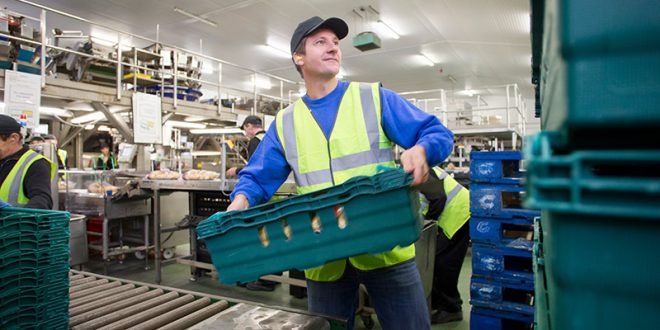Building the Backbone: How New Potato Processors Establish Supply Chains

When a new business aims to enter the potato-processing arena, the journey begins long before any machines come to life. It starts with understanding the transfer from field to factory floor—not as a series of discrete steps, but as a living system demanding coordination, visibility, and adaptability.
First, entrepreneur–operators must secure a reliable base of raw material. Seed sourcing, quality control, and timing are critical—not just for volume, but consistency. The importance of multi-source strategies becomes clear as reliance on single growers or regions leaves the operation vulnerable to disruptions—be that weather, transport delays, or market shocks.
In parallel, storage logistics call for attention from day one. Potatoes are delicate: bruises heal in the early storage window under specific conditions—around 65 °F with high relative humidity—before transitioning down to optimal long-term holding temperatures of 38-40 °F. New ventures should engage an agricultural engineer to design or adapt storage that allows for proper ventilation, gentle cooling, and easy access—preventing spoilage and preserving quality.
The supply chain must also be built with traceability in mind. Even fledgling operations benefit from systems—digital or manual—that can log farm origin, handling conditions, and transit data. This is not only a quality safeguard but a shield against recall risks or regulatory scrutiny.
Learning the Ropes: Team, Timing, and Timeframes
A supply chain doesn’t run itself—it requires capable people. Right from the start, a new business should appoint or contract seasoned advisors: professionals knowledgeable in agricultural logistics, food safety standards, and operations planning. These roles may begin part-time or under consultancy arrangements but are central to nailing down timelines and requirements. As one source suggests, testing with operator-owners or gaining experience through internships can offer insight into the rhythm of the industry.
Equally important is the staging of milestones. In real terms, designing and building functional storage facilities could take several months—factoring in engineering plans, procurement, and regulatory approvals. Parallel efforts to line up growers and transport partners might unfold over another three to six months, depending on regional supply networks. New businesses should budget six to nine months, at minimum, before their first bulk processing run.
Planning must be agile. Seasonal rhythm—planting, harvesting, peak harvest windows, and off-season slack—dictates staffing, storage capacity, and transportation needs. Hiring should reflect this: lean core operations staff with flexible, seasonal labor supplements. Skilled logistics or QA managers may start early to help coordinate sourcing, storage, and entry into processing.
New entrants should also expect unpredictability. Equipment delivery delays, engineering revisions, or unexpected weather can all stretch timelines. Building a buffer into your plan is wise.
Anticipating Hurdles: From Cold Storage to Distribution
Even the most finely laid plans will confront obstacles. Cold-chain integrity is notoriously fragile—mechanical failures, power outages, or even maintenance delays can compromise entire batches. Contracts with power providers or investment in back-up generators should not be overlooked.
Transport forms another fragile link. A late truck in harvest season means potatoes may overheat or bruise; contracts with multiple carriers—or even informal arrangements with neighbors co-op trucking—can provide resilience.
Regulatory hurdles also exist. Food safety certifications (like GAP/GHP) or local agrifood regulations must be worked into the timeline early—engaging consultants or extension services can help avoid surprises.
You can read the rest of this article in your complimentary e-copy of Issue #2 of Potato Business Digital magazine, which you can access by clicking here.

















